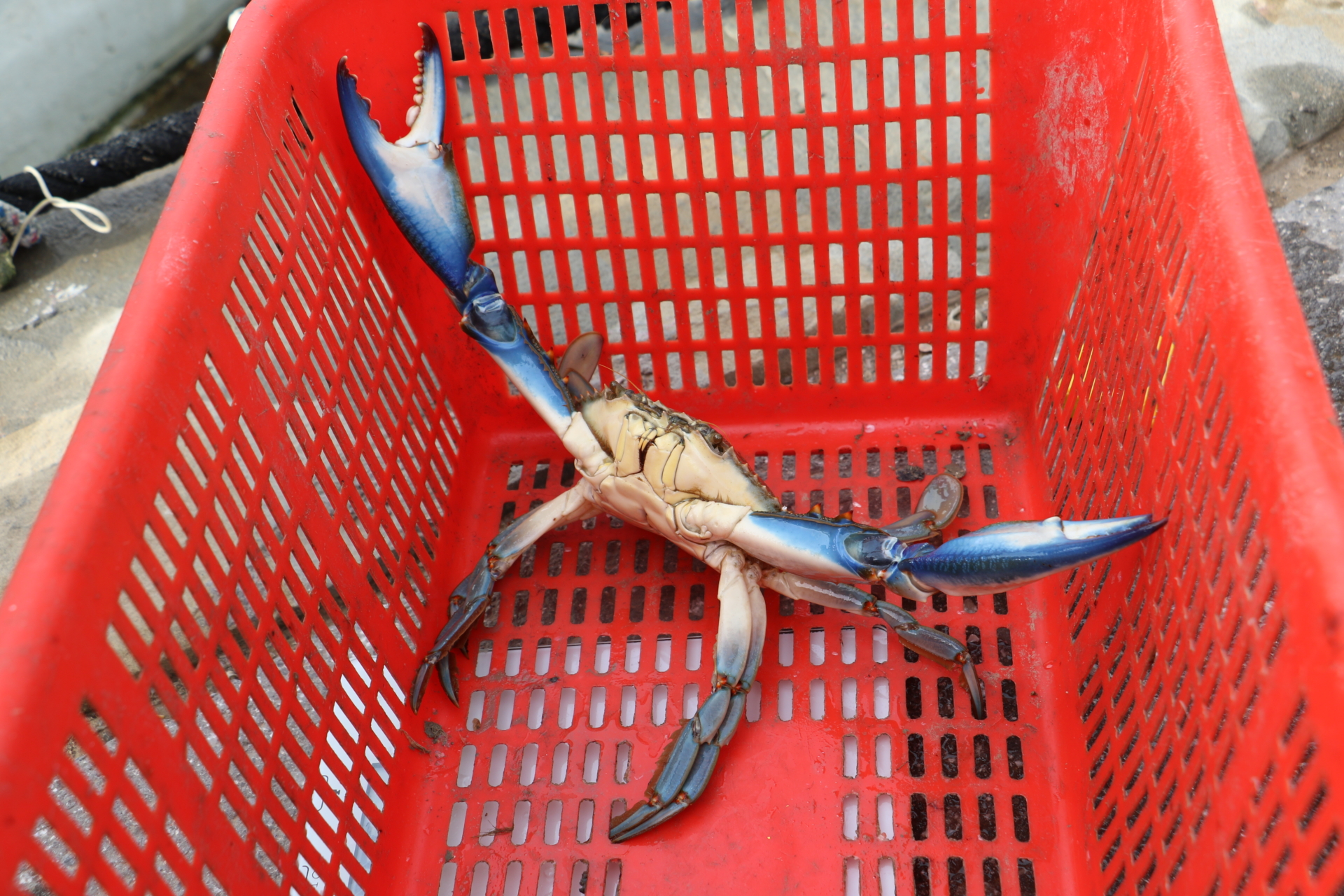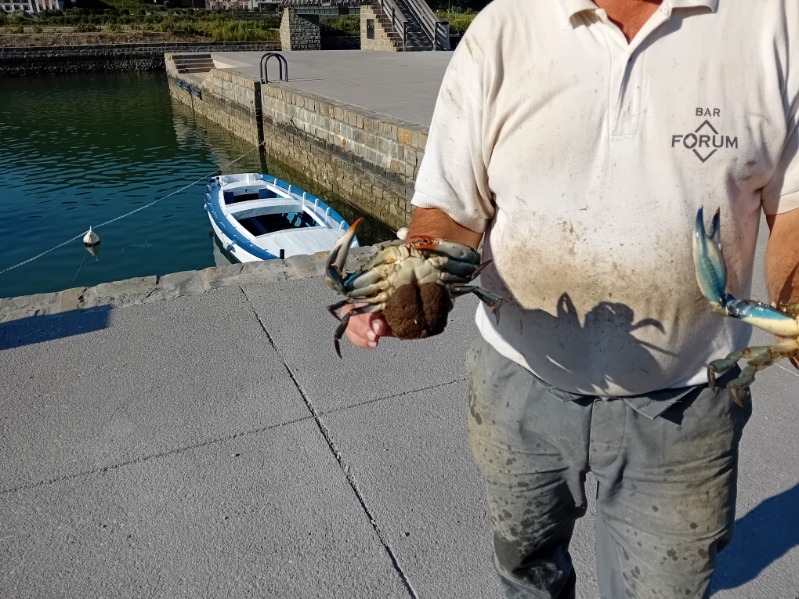In two and a half months, 278 specimens were caught. Among them were several females carrying eggs on their bellies, which proves that the species also reproduces here. Although it is not yet officially included in the list of invasive alien species of the European Union, many studies from different parts of the Mediterranean have linked its presence to the disappearance of some native species. The blue crab (Callinectes sapidus) came to the Mediterranean from the American North Atlantic, but the method of introduction is not completely known. The most accepted assumption is that her eggs traveled in the ballast water of cargo ships. Its characteristics are exceptional adaptability and the ability to thrive even in bad conditions (e.g. areas with a high level of pollution), great reproductive capacity (females have between 750,000 and 8,000,000 eggs) and aggressiveness in the fight for space and predation. The first records of its appearance in the Adriatic date back to 1949, and it was first documented in Slovenia in 2019. It was first observed in the Krajinski Park in 2023, and in 2024, catch data showed that hundreds of specimens were already present of this type. The impact of the blue crab on the ecosystems in the Strunjan Landscape Park has not yet been investigated, but there could be changes in the food web and the disappearance of some native species, especially the shore crab (Carcinus aestuarii).

Male blue crab.

Female blue crab with eggs on belly.

Blue crab in natural habitat.


